Espresso and coffee are essential beverages in our daily lives, but do you really understand the differences between them? Knowing how espresso and coffee differ can enhance your coffee experience and make it even more enjoyable. In this article, we’ll delve into their unique characteristics, preparation methods, and cultural backgrounds, so stick around until the end!
For coffee enthusiasts like you, learning about the charm of espresso and the art of making drip coffee can open up new ways to enjoy your favorite drink. Understanding the differences between espresso and coffee is not just about acquiring knowledge; it’s an opportunity to broaden your drinking habits and enjoyment.
- An overview of the basic differences between espresso and coffee
- Insights into the appeal of espresso and its brewing methods
- A look at the diverse coffee cultures around the world
The Basic Differences Between Espresso and Coffee
Espresso and coffee are beverages that add richness to our lives, but understanding their differences can enhance your enjoyment. In this section, we’ll take a closer look at the characteristics of espresso and coffee. By learning about the unique qualities and brewing methods for each drink, you can elevate your coffee experience.
Characteristics of Espresso
Espresso is known for its rich, bold flavor. Made from finely ground coffee beans, it’s brewed under high pressure in a short amount of time, which concentrates its aroma and taste. This brewing method creates a creamy layer of foam called crema, giving espresso a remarkably smooth mouthfeel.
What’s more, espresso isn’t just enjoyed on its own; it serves as the base for a variety of drinks, such as cappuccinos and lattes. Its strong flavor pairs beautifully with other ingredients, allowing for a wide range of delicious variations to explore.
- Espresso is brewed under high pressure in a short time
- Known for its rich flavor and creamy crema
- Used in a variety of mixed drinks
Characteristics of Coffee
On the other hand, coffee can be made using various brewing methods, like drip or French press, offering a diverse drinking experience. The flavor of coffee can vary significantly based on the type of beans and the roasting process. From light, bright acidity to deep, rich undertones, there’s a coffee for every palate.
Coffee is the perfect drink for savoring leisurely moments, whether you’re catching up with friends at a café or relaxing at home. Unlike espresso, coffee allows you to fully appreciate its nuanced flavors over time, making it an ideal choice for a slow-paced coffee break.

If you found this article interesting, you might also enjoy our piece on “Beginner’s Guide! Choosing Coffee Beans and Drip Techniques for Enjoying Café Life at Home!.” This blog provides detailed insights into selecting coffee beans and mastering drip techniques, offering tips to enhance your coffee life at home.
- Coffee can be brewed in various ways
- Flavor varies with bean type and roasting
- Perfect for enjoying relaxed moments
The Art of Espresso: Crafting a Rich Experience
Espresso is celebrated for its rich flavor and creamy foam, but have you ever wondered how this unique taste comes to life? In this section, we’ll explore the process of extracting espresso and its various delightful variations. Understanding how espresso is made will deepen your appreciation and enjoyment of this beloved coffee.
How Espresso is Extracted
The extraction of espresso is performed using a specialized espresso machine. First, finely ground coffee beans are packed into a portafilter and firmly compressed. Then, hot water—around 90 degrees Celsius—is forced through the coffee grounds under high pressure, allowing thick, concentrated liquid to be brewed in a matter of seconds. This process maximizes the aroma and flavor of the espresso, creating its signature crema.
Ideally, the extraction time should be between 25 to 30 seconds. This brief brewing period results in a highly concentrated beverage, capturing the essence of the coffee flavor. The type of beans used, their roast level, and the brewing temperature can all subtly alter the taste, adding to the intrigue of espresso.
- Espresso is extracted under high pressure in a short amount of time
- A unique crema is formed
- Flavor varies based on extraction conditions
Variations of Espresso
Espresso’s intense flavor lends itself to a variety of delightful variations. For instance, you can enjoy a cappuccino, which adds steamed milk to the espresso, or a latte, which features milk combined with whipped cream. These drinks preserve the essence of espresso while offering different taste experiences.
Moreover, espresso isn’t just meant to be enjoyed hot; it can also be served as iced espresso or in refreshing frappes, making it a popular choice in warmer seasons. The ability to adapt your espresso experience based on the season or your mood is just one of its many appeals. By experimenting with these variations, you can discover your own unique espresso style.
- Espresso can be enjoyed in a variety of ways
- Popular variations include cappuccinos and lattes
- Also enjoyed as refreshing cold beverages during warmer months
The Art and Variety of Coffee Brewing
Coffee can be enjoyed in many ways beyond just espresso. Drip coffee and French press are particularly popular methods that can easily be enjoyed at home. In this section, we’ll take a closer look at these brewing techniques. By understanding the unique features and charms of each method, I hope you’ll find the perfect way to enhance your coffee experience, so let’s dive in!
How to Brew Drip Coffee
Drip coffee is a beloved method for many, as it allows you to easily brew a delicious cup using coffee grounds and hot water. Start by grinding your coffee beans to a medium coarseness and placing them in a dripper lined with a paper filter. Next, let your boiling water cool slightly before pouring it slowly over the coffee grounds. As the water gradually seeps through, the inviting aroma of freshly brewed coffee fills the air.
The flavor of your drip coffee can change based on factors like brew time, water temperature, and the amount of coffee used, so there’s plenty of room for experimentation to discover your ideal recipe. Plus, since drip coffee typically contains lower caffeine levels, it’s a perfect beverage for those relaxing moments.
- Drip coffee is easy to make
- The grind and water temperature affect the flavor
- Ideal for when you want to unwind
The Appeal of French Press
French press brewing is known for its ability to extract the rich oils from coffee, creating a full-bodied flavor that many coffee lovers cherish. To start, add coarsely ground coffee beans to the French press and pour in hot water. After letting it steep for about four minutes, press down the plunger, and you’ll be greeted by an explosion of coffee aroma. This method allows for a robust extraction of coffee’s essential components, letting you savor its rich taste.
French press is a fantastic way to enjoy the unique characteristics of different coffees, and the flavor can vary significantly depending on the type of beans and their roast level. It’s also a fun experience to brew coffee with friends and compare the different beans together.
- French press offers a rich flavor experience
- It effectively extracts the coffee’s essential components
- The taste varies with the type of beans and roast level
Cultural Background and Differences in Coffee Consumption
Espresso and coffee are more than just beverages; they carry rich histories deeply rooted in the cultures and regions from which they originate. In this section, we will explore the espresso culture around the world and the coffee culture in Japan. By understanding the different ways these drinks are enjoyed and served in various regions, you can enhance your coffee experience.
Global Espresso Culture
Espresso is beloved in many countries, particularly in Italy, where it is an integral part of daily life. In Italian cafes, it’s common to enjoy espresso with friends, often while standing. This quick-drinking style allows for lively conversations. Additionally, variations like cappuccinos and macchiatos, which incorporate milk into espresso, are also popular, offering a range of ways to enjoy this classic drink.
Around the world, espresso-based beverages have taken on various forms. For instance, in Spain, the “café con leche,” a milky espresso, is a favorite, while in Brazil, the “café de água,” a lighter espresso, is the norm. Familiarizing yourself with these regional preferences can add a new layer of enjoyment to your travels.
- Espresso as a part of daily life in Italy
- The popularity of standing coffee bars
- Different espresso drinking styles around the world
Coffee Culture in Japan
In Japan, coffee is widely enjoyed, with drip coffee and French press being particularly popular. Many coffee shops and cafes emphasize a craft approach, where skilled baristas meticulously brew each cup, allowing patrons to savor the rich aromas and flavors. Recently, there has been a boom in specialty coffee, with more shops focusing on the origin of the beans and their roasting methods.
Japanese coffee culture has evolved from a traditional tea-drinking culture, fostering a leisurely café experience where people can relax and engage in conversation with friends. Additionally, pairing coffee with wagashi (traditional Japanese sweets) presents a unique way to enjoy this beverage, reflecting Japan’s distinct approach to coffee. Understanding this cultural backdrop can help you appreciate Japanese coffee on a deeper level.
- Drip coffee is popular in Japan
- Craft brewing by skilled baristas
- Unique enjoyment through combinations with wagashi
Conclusion
Understanding the differences between espresso and coffee can truly enrich your coffee experience. Espresso, with its rich flavor and unique brewing method, offers a variety of ways to enjoy this beloved beverage. On the other hand, coffee boasts diverse brewing techniques, allowing you to savor the unique characteristics of different beans. Additionally, learning about the cultural backgrounds of these drinks can expand your appreciation and enjoyment.
With this knowledge in hand, embrace the distinctions between espresso and coffee to create your own unique coffee journey. By exploring new ways to enjoy these drinks and selecting different beans, you can make your daily coffee routine even more special.
- Espresso delivers a bold flavor through high-pressure brewing
- Coffee showcases individual bean characteristics through various extraction methods
- Understanding cultural backgrounds can enhance your drinking experience
So, take the time to discover your favorite coffee or espresso style and enjoy those little moments each day. If you have thoughts or questions, feel free to share them in the comments!


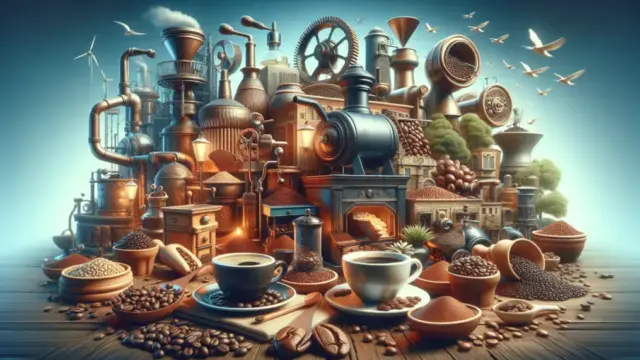
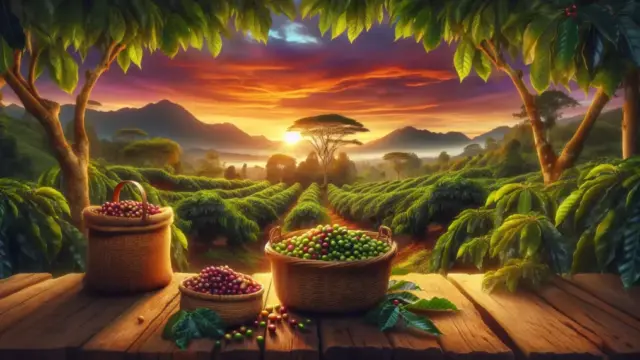
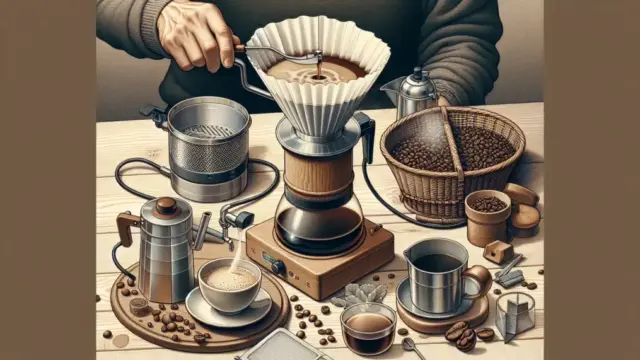














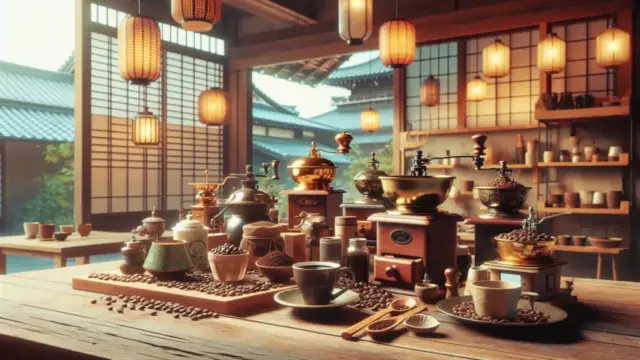

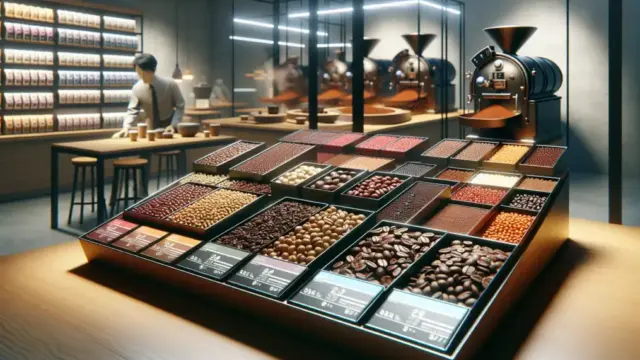
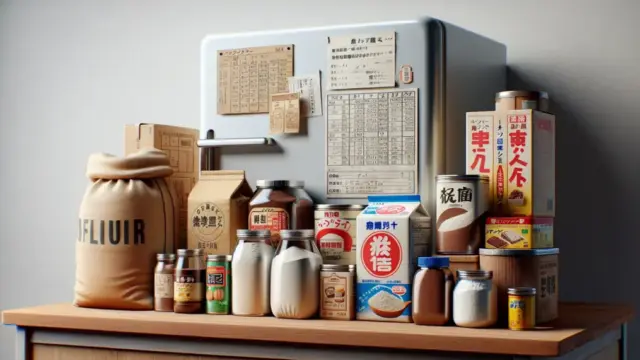
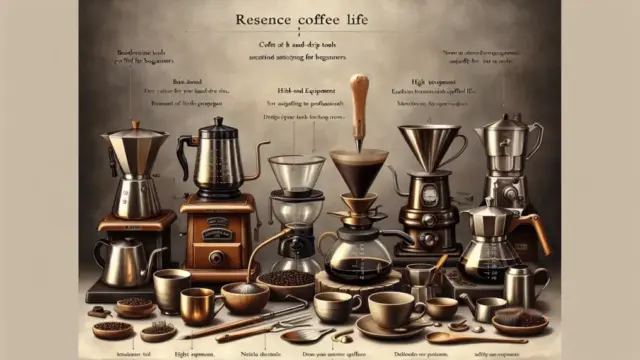

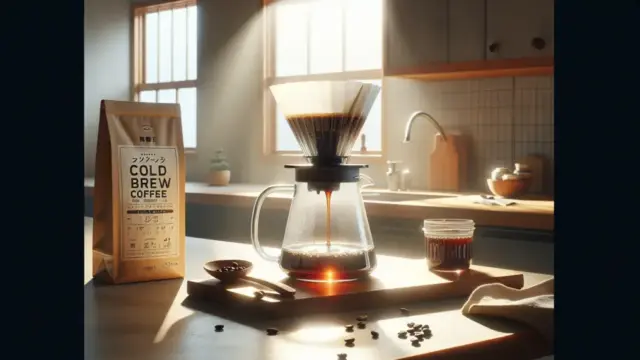








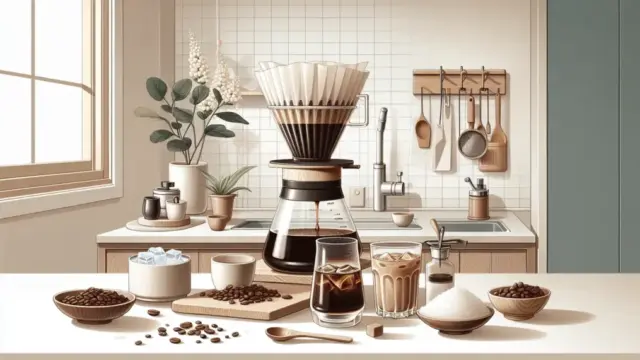
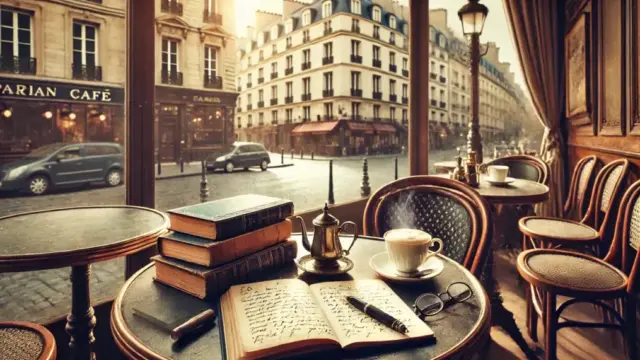



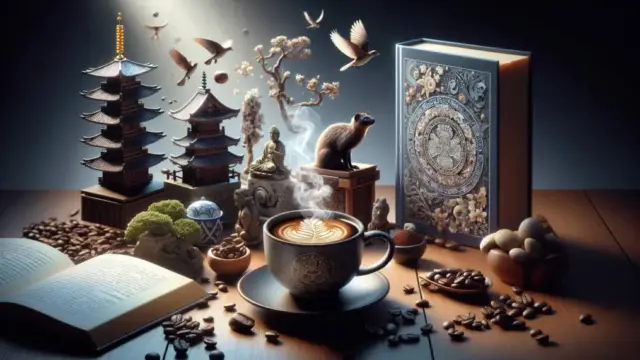



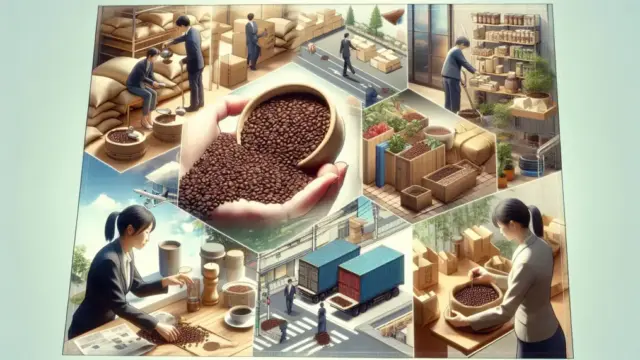





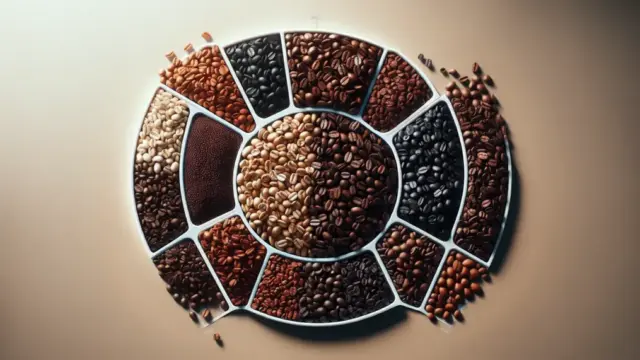
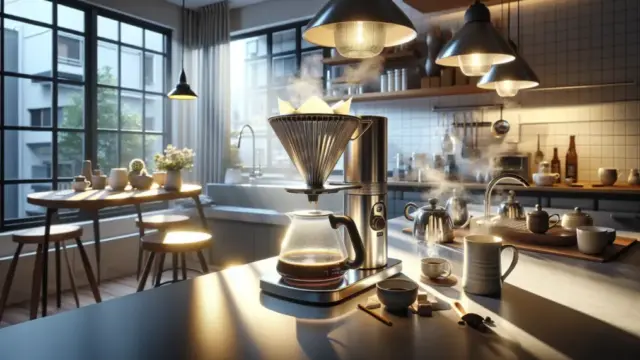


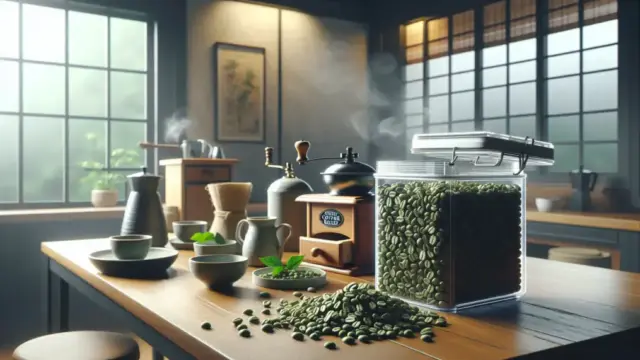








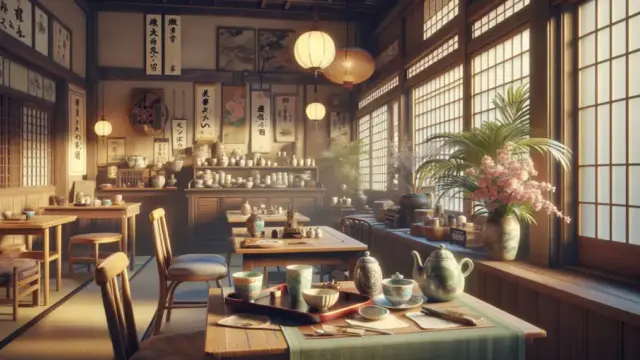


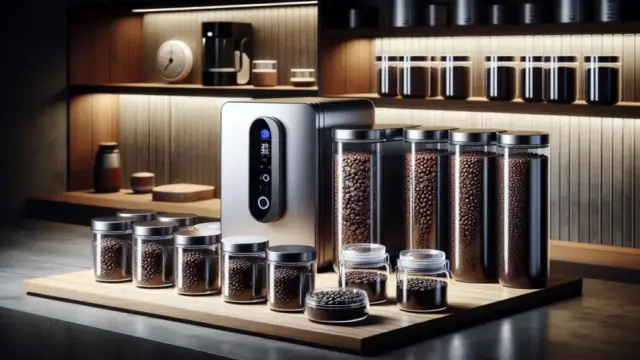
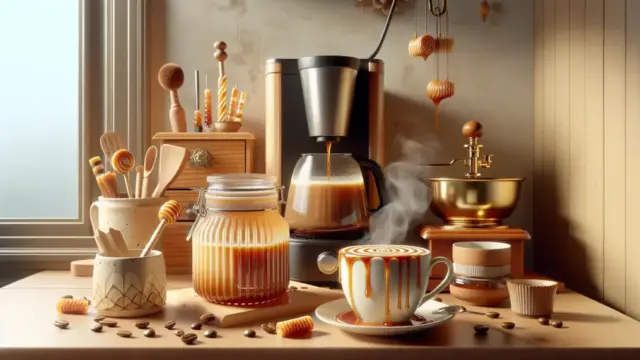
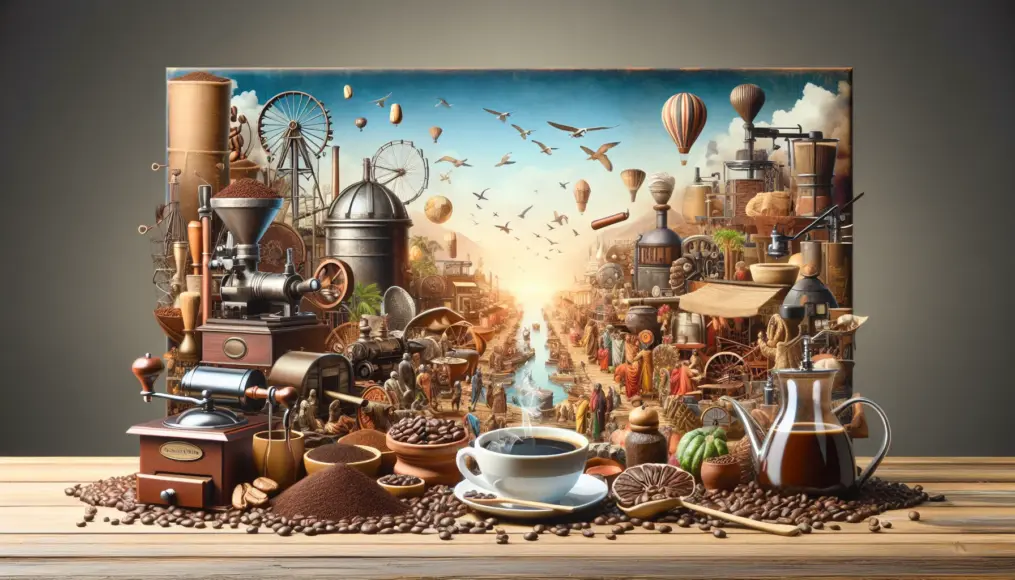

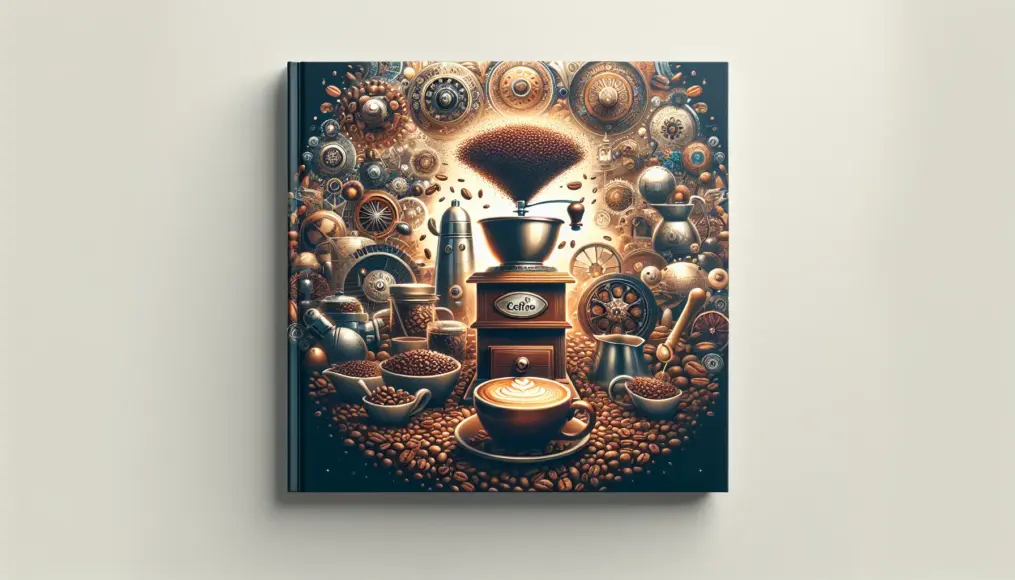
Comment